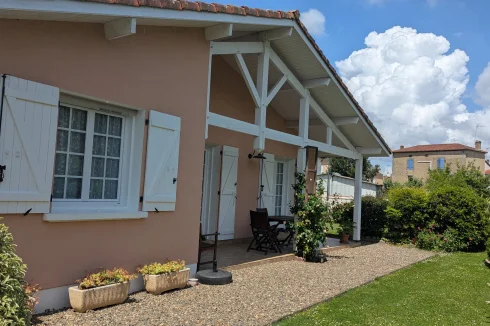Social Security Charges for Business Start-Ups
Wednesday 01 June 2011
There are several different tax regimes you can adopt to run a business in France, but which one to choose to minimise social charges?
It is clear from the mails we get from you that in the vast majority of cases you elect for micro-entreprise or auto-entrepreneur tax status.
This means that your social security contributions (cotisations) are a fixed percentage of your turnover for each accounting period. The percentage level of the charges depends on the type of business in which you are engaged.
However, if you decide not to operate on this basis, but choose instead to adopt the tax status of régime réel, then a new business is obliged to pay a minimum level of cotisations each year.
So, unlike a micro-entreprise or an auto-entrepreneur, even though you may have few sales or profit in the year, under régime réel there is a floor that is used to determine the minimum charges you will pay.
For the first two years of your business this is based on provisional estimated profit figures determined by the government.
The level of the floor changes each year in line with inflation; it differs slightly by type of profession, and it increases from the first to the second year.
The two main lump sum profit figures that apply this year are:
- 1st Year in 2011 : €7,006
- 2nd Year in 2011 : €10,508
However, the picture is complicated by the fact that for trade professionals (artisans) some of the cotisations are based on a higher lump sum figure.
In particular the complementary pension contributions and invalidity contributions are based on the following figures for 2011:
- 1st Year in 2011 : €11,784 euros
- 2nd Year in 2011 : €17,676 euros
Now, if you consider that your profits will be significantly different (higher or lower) than these provisional figures then you need to make application to the social security fund for the self-employed (Régime Social des Indépendants - RSI) for your own estimated figures to be used.
Whatever route you take, once your final profit figures are known, then over years two and three your cotisations will be revised.
If your profits are in excess of those based on the provisional figures, then you will receive a bill for arrears of cotisations.
If you have used your own estimated figures, and these prove to be lower than the profits you actually realise, then you will also pay a small additional percentage charge on the arrears of cotisations.
Although all of this sounds rather tough (and it can often be so!), if you have invested heavily in a business it generally pays to opt for the tax status of régime réel.
Thank you for showing an interest in our News section.
Our News section is no longer being published although our catalogue of articles remains in place.
If you found our News useful, please have a look at France Insider, our subscription based News service with in-depth analysis, or our authoritative Guides to France.
If you require advice and assistance with the purchase of French property and moving to France, then take a look at the France Insider Property Clinic.





